Catch up on your favourite BBC radio show from your favourite DJ right here, whenever you like. Listen without limits with BBC Sounds.
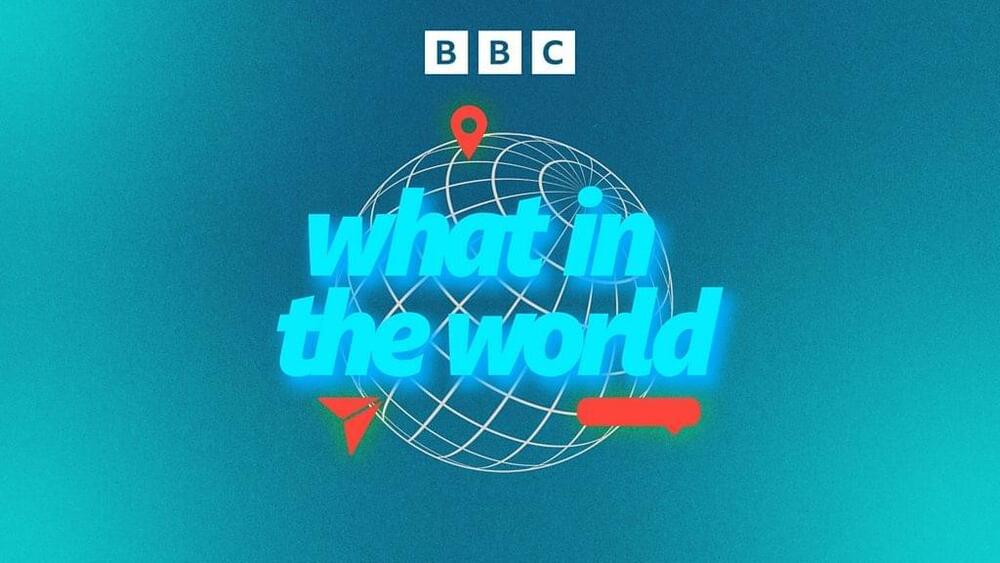

A analysis for the 1995 original cyberpunk Anime release, this synopsis will also touch on themes of a post-human existence and the idea if identity. Written by Masamune Shirow and directed by Mamoru Oshii. With the 2017 Ghost In The Shell film starring Scarlett Johansson now out in Japan, visiting the GITS anime and Cramming it down for your pleasure seemed appropriate. I Hope you enjoy!
FACEBOOK: www.facebook.com/filmcram.
TWITTER: https://twitter.com/mikeymegamega.
INSTAGRAM: https://www.instagram.com/mikeymegamega/
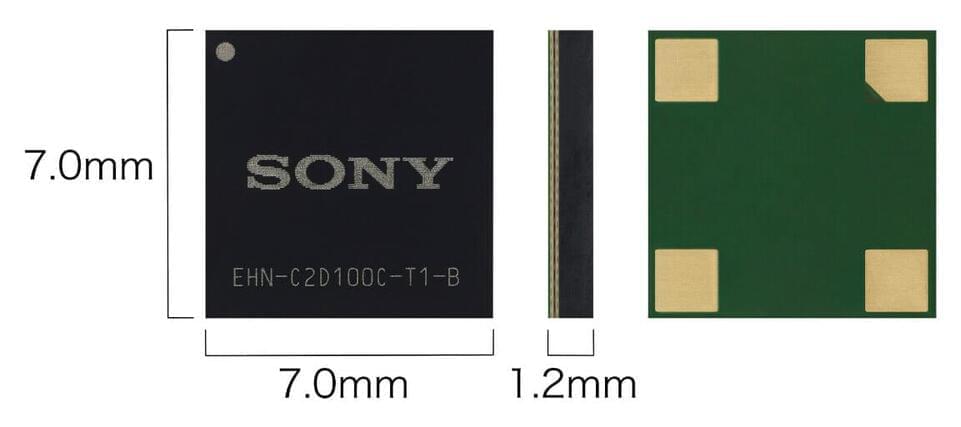
Sony Semiconductor Solutions Corporation (SSS) has developed an energy harvesting module that uses electromagnetic wave noise energy to power IoT devices.
The new module leverages Sony’s tuner development process to generate power from electromagnetic wave noise from robots inside factories, monitors and lighting in offices, monitors and TVs in stores and homes, etc. in order to provide a stable power supply needed to run low-power IoT sensors and communications equipment.
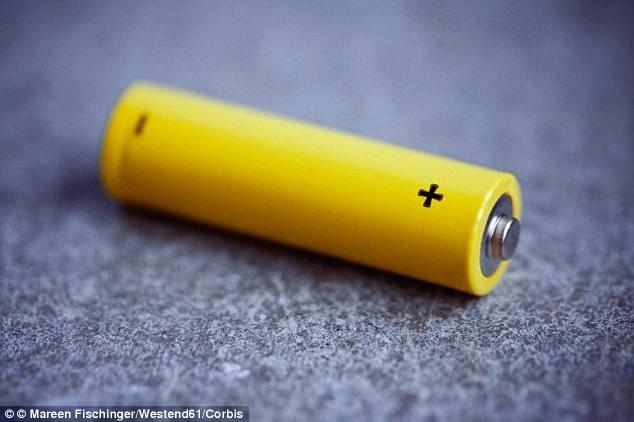
Poor battery life is the favorite complaint when it involves smartphones and laptops. As a wireless society, having to tether ourselves right down to power up our gadgets seems more and more a nuisance. And while researchers are looking into wireless charging, if batteries were better we might worry less.
Now, a brand new technology promises just that. Researchers from the University of California, Irvine, have invented a nanowire-based battery that may be recharged many thousands of times, a big leap towards a battery that doesn’t require replacing.
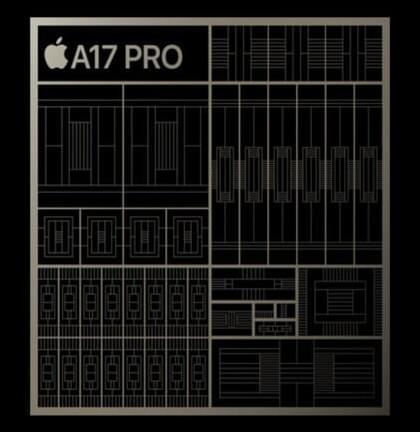
The most exciting of all is the Apple Watch Series 9, which comes with Apple Silicon’s newly developed S9 chip. The chip boasts of a dual-core CPU with 5.6 billion transistors, 60% more than the previous S8 chip, which is in Apple’s Watch Series 8. The new watch has a four-core Neural Engine, which can carry out machine-learning tasks up to three times faster.
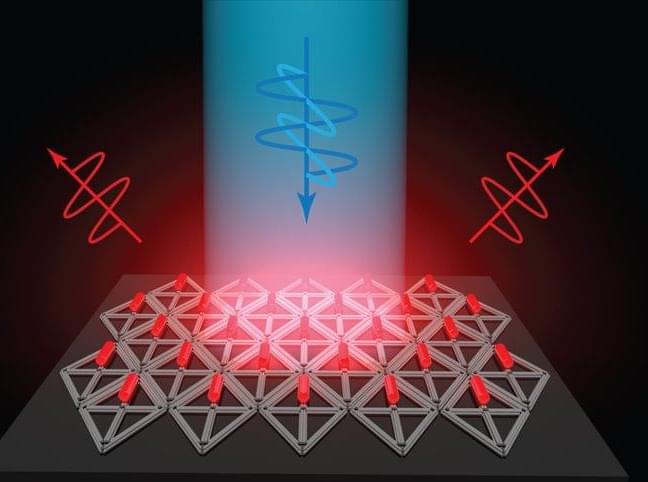
Flat screen TVs that incorporate quantum dots are now commercially available, but it has been more difficult to create arrays of their elongated cousins, quantum rods, for commercial devices. Quantum rods can control both the polarization and color of light, to generate 3D images for virtual reality devices.
Using scaffolds made of folded DNA, MIT engineers have come up with a new way to precisely assemble arrays of quantum rods. By depositing quantum rods onto a DNA scaffold in a highly controlled way, the researchers can regulate their orientation, which is a key factor in determining the polarization of light emitted by the array. This makes it easier to add depth and dimensionality to a virtual scene.
“One of the challenges with quantum rods is: How do you align them all at the nanoscale so they’re all pointing in the same direction?” says Mark Bathe, an MIT professor of biological engineering and the senior author of the new study. “When they’re all pointing in the same direction on a 2D surface, then they all have the same properties of how they interact with light and control its polarization.”
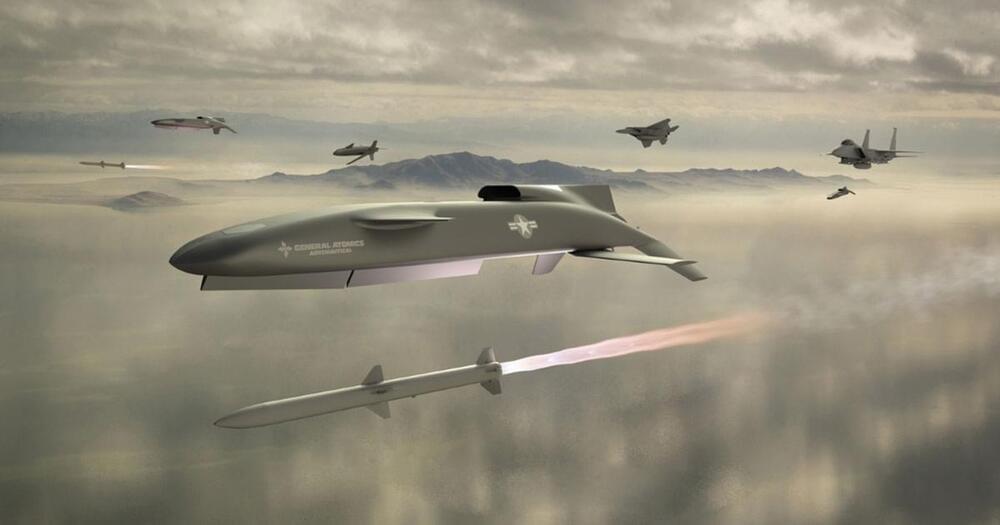
“We are extremely excited to get in the air!” said Mike Atwood, Vice President of Advanced Aircraft Programs at GA-ASI. “Flight testing will validate digital designs that have been refined throughout the course of the project. General Atomics is dedicated to leveraging this process to rapidly deliver innovative unmanned capabilities for national defense.”
About GA-ASI
General Atomics Aeronautical Systems, Inc. (GA-ASI), an affiliate of General Atomics, is a leading designer and manufacturer of proven, reliable RPA systems, radars, and electro-optic and related mission systems, including the Predator® RPA series and the Lynx® Multi-mode Radar. With more than eight million flight hours, GA-ASI provides long-endurance, mission-capable aircraft with integrated sensor and data link systems required to deliver persistent situational awareness. The company also produces a variety of sensor control/image analysis software, offers pilot training and support services, and develops meta-material antennas.
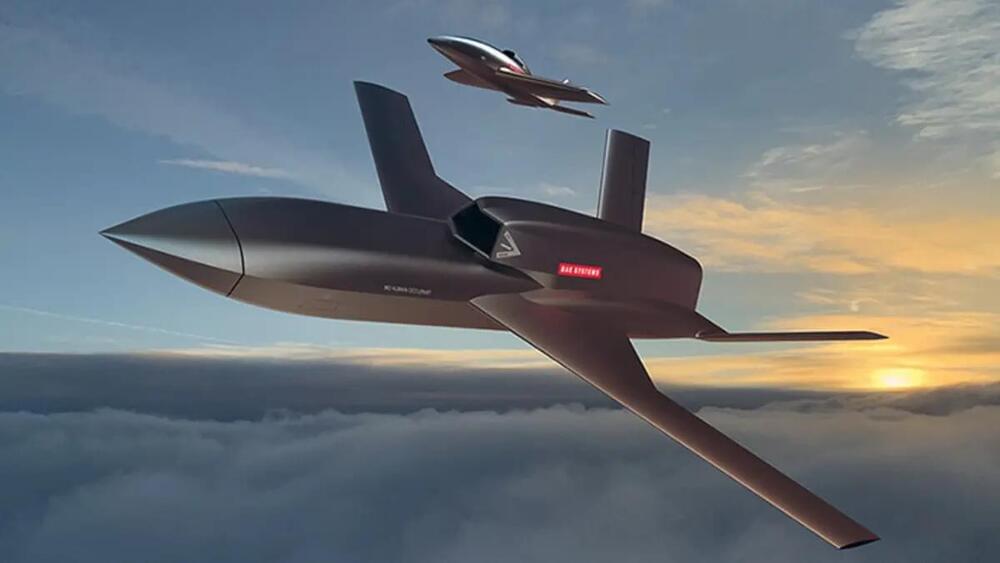
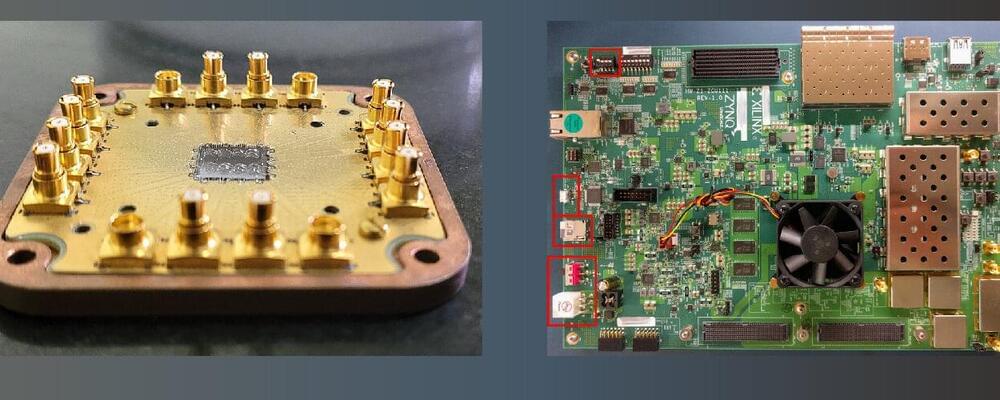
Quantum computers can solve certain computational problems much faster than ordinary computers by using specific quantum properties. The basic building blocks of such machines are called quantum-bits or qubits. Qubits can be realized using several physical platforms such as nuclear spins, trapped ions, cold atoms, photons, and using superconducting Josephson circuits.
Several such qubits operate in the microwave frequency domain, and require specialized room temperature microwave electronics for control and readout of the quantum states of the qubits. However, there lies a challenge when it comes to connecting classical electronics to these qubits. The qubits need high frequency (GHz) electromagnetic signals for control and readout pulses in the order of a few tens of nanoseconds.
The traditional setup for generation and capture of such signals is often costly and complex with many components. This can be addressed by developing a specific FPGA-based system that brings the functionality of all the traditional equipment on to a single board. However, with such developments, three main challenges need to be kept in mind: generation and capture of the high-fidelity microwave signals, scalability, and a user-friendly interface.
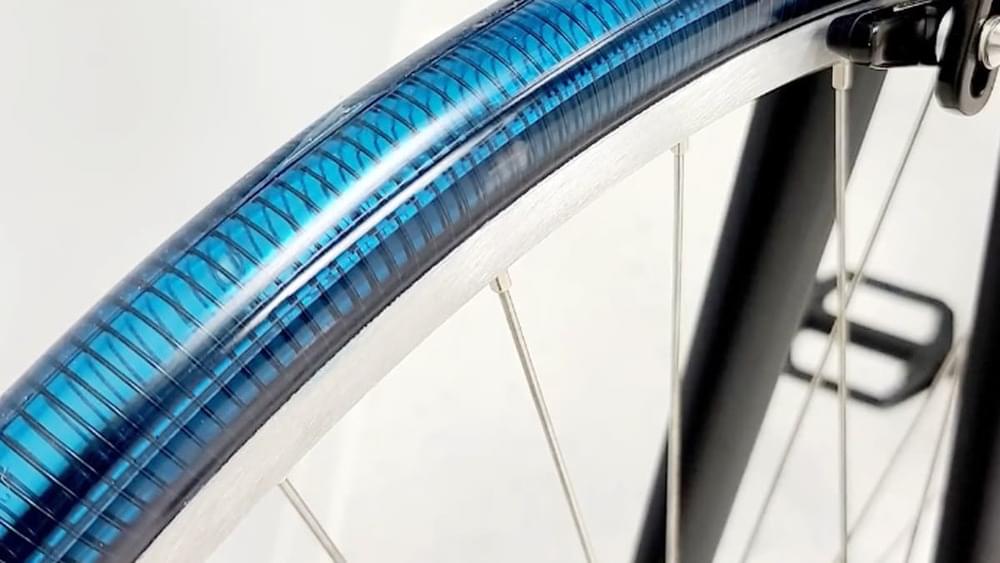
Two years ago, we heard how the Ohio-based Smart Tire Company was developing shape memory airless bicycle tires. Well, the resulting Metl tires can now be purchased via – you guessed it – a Kickstarter campaign.
The never-go-flat tires were created in partnership with NASA, which had already applied the same technology to tires for its planetary rover vehicles … after all, it would be pretty difficult to fix a flat on the surface of the Moon or Mars. And no, they’re not literally airless. They’re hollow – so they have air in them – that air just isn’t pressurized, nor is it required for the tire to hold its shape.
At the heart of each Metl tire is a Slinky-like spring that runs all the way around the tire. That spring is made of a shape memory nickel-titanium alloy known as NiTinol, which is described as being strong like titanium yet also stretchy like rubber.